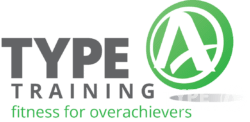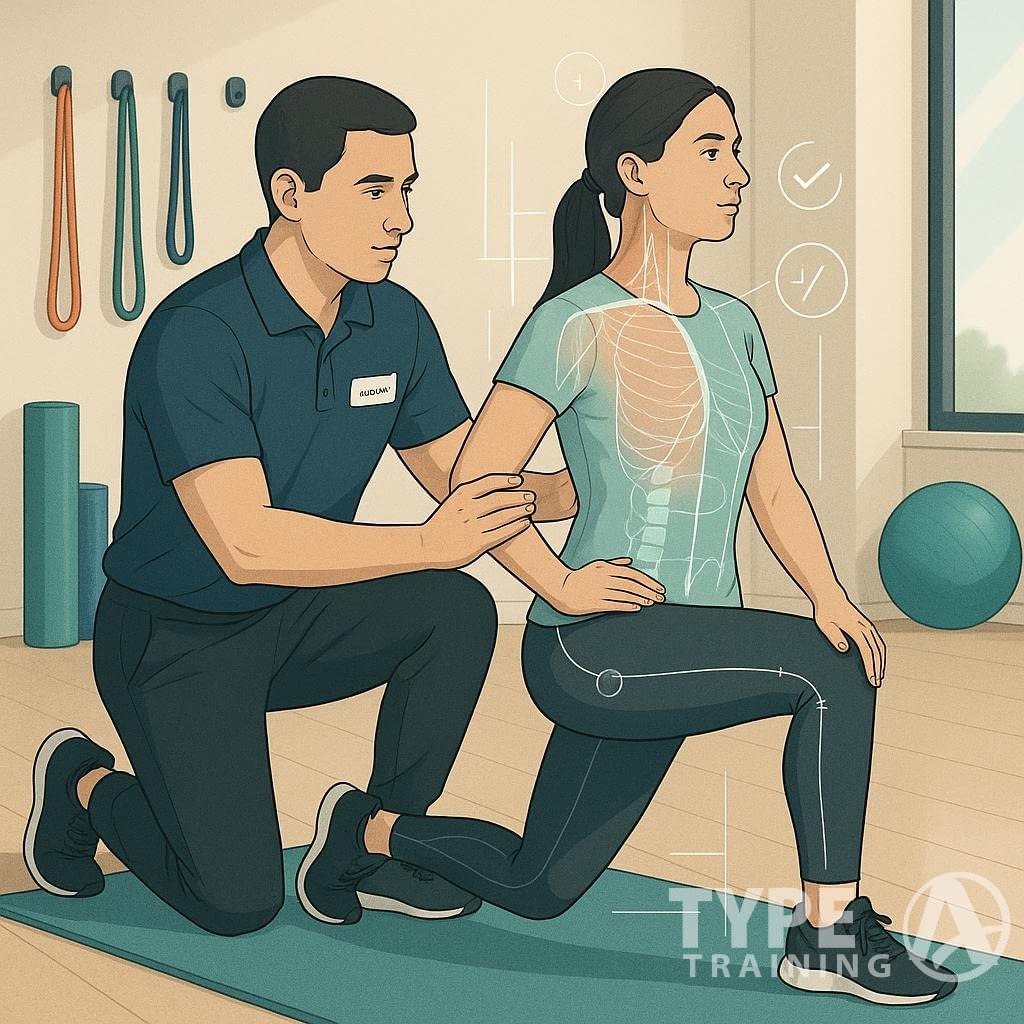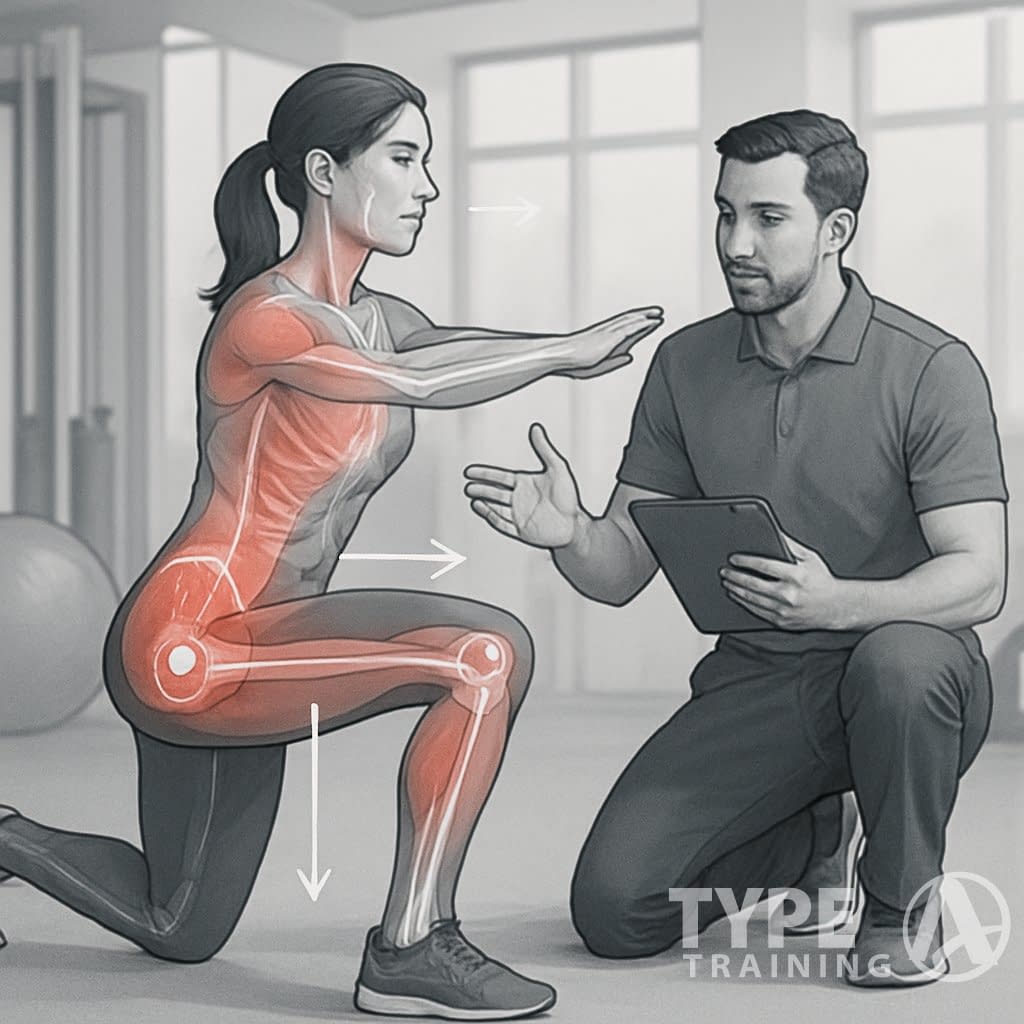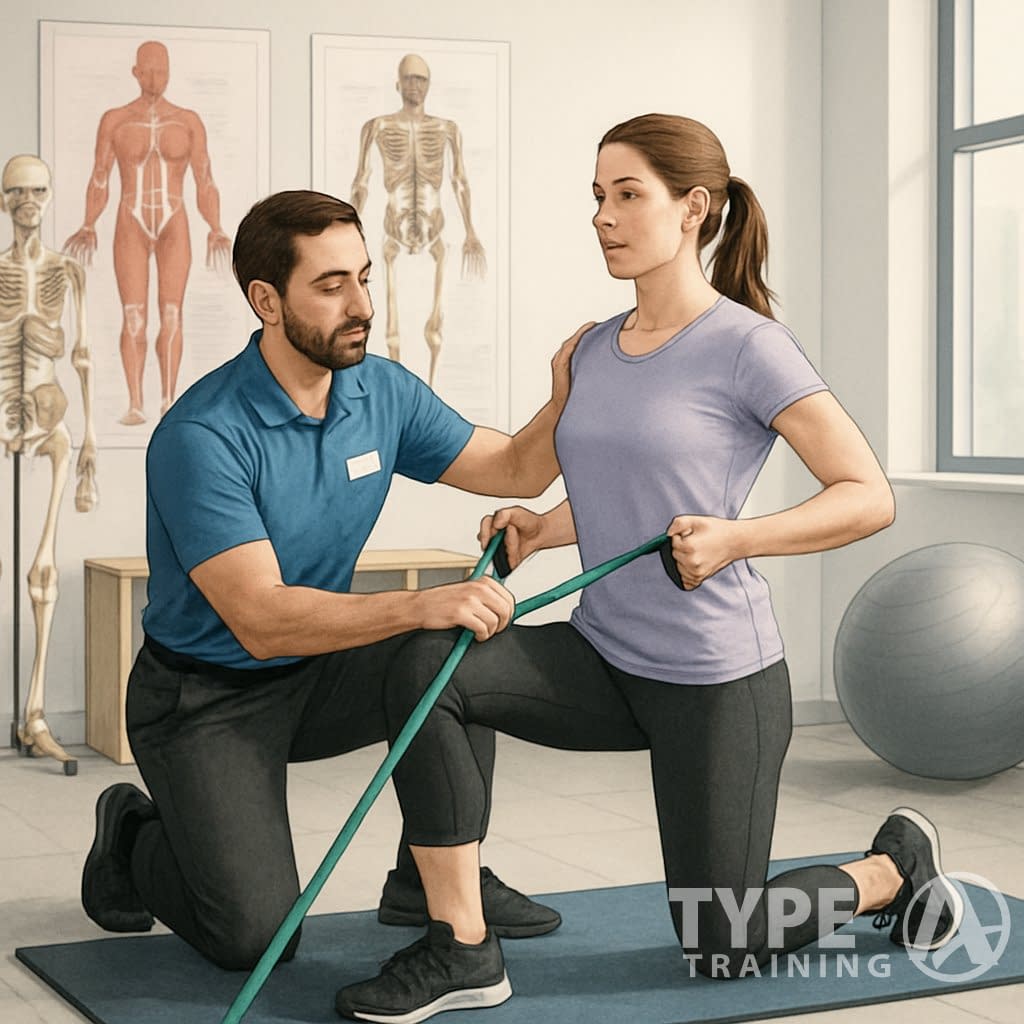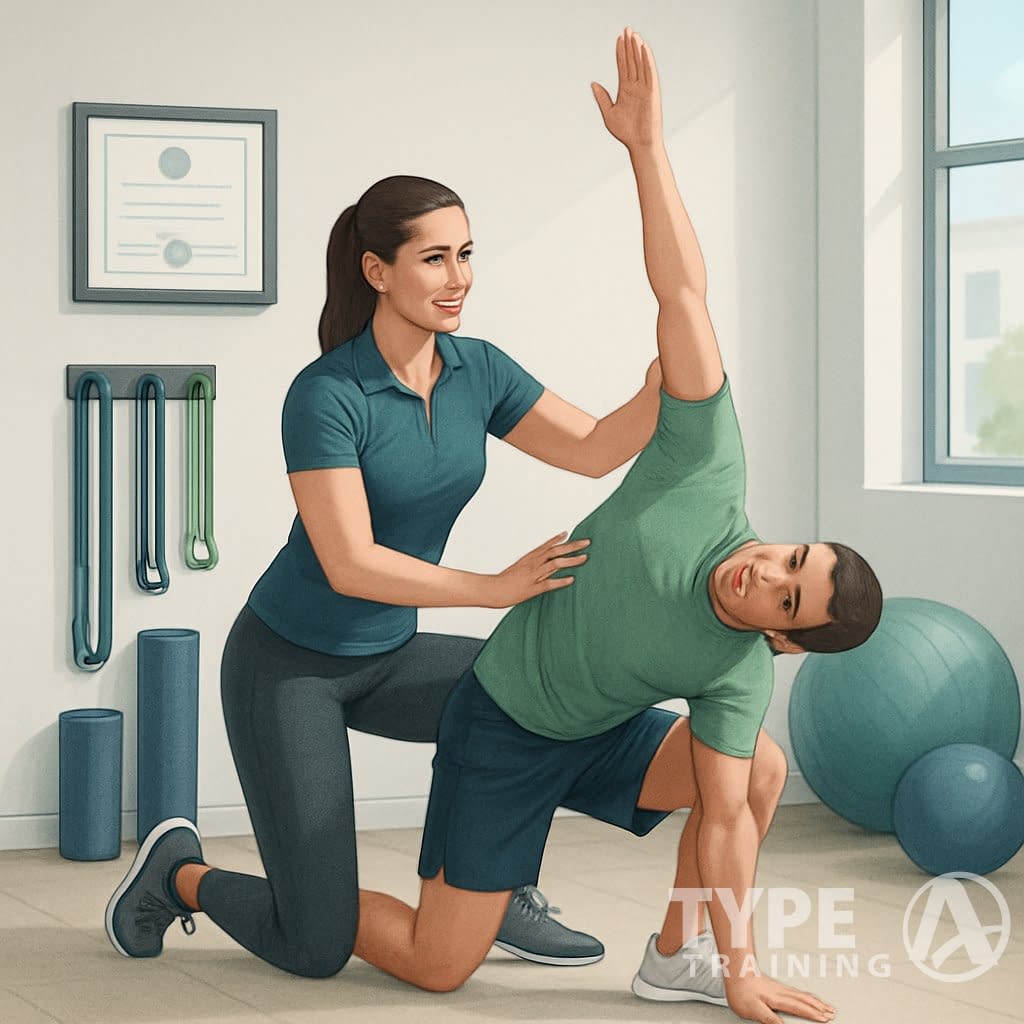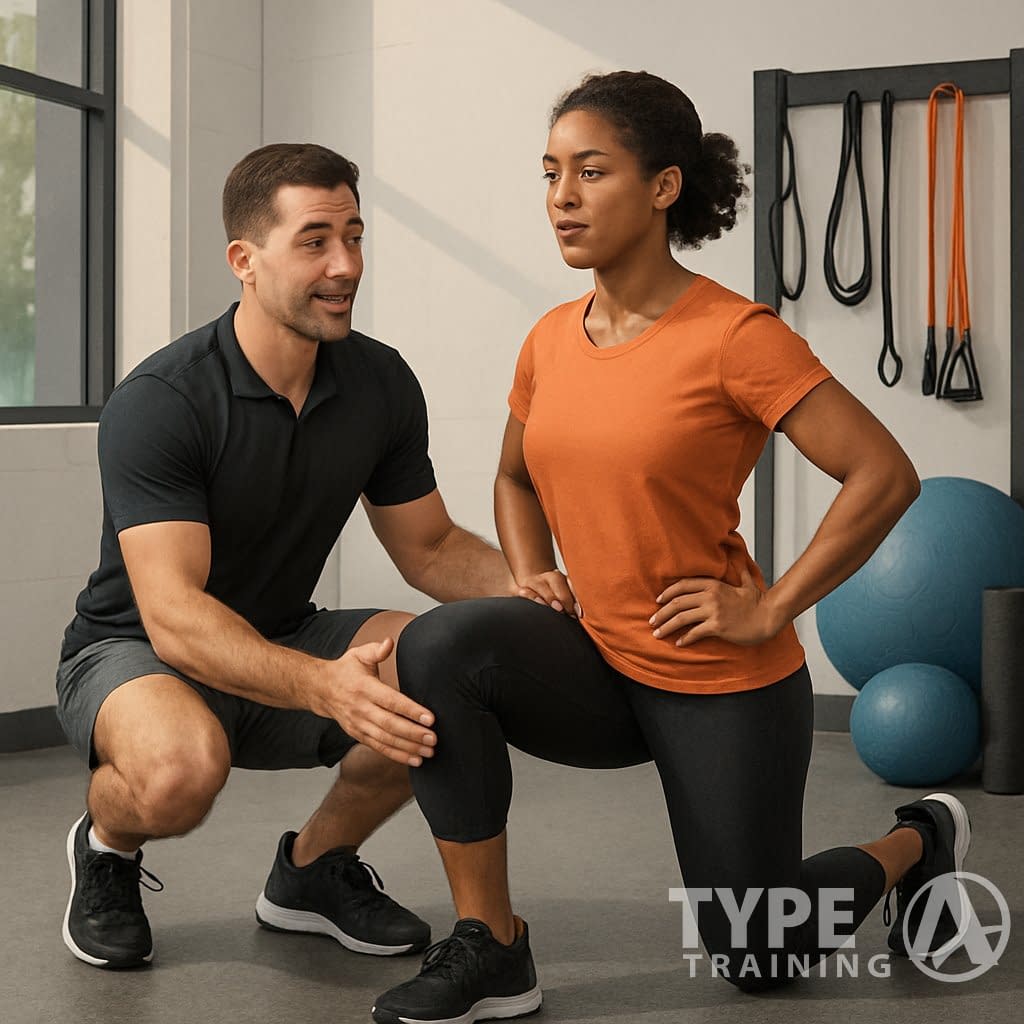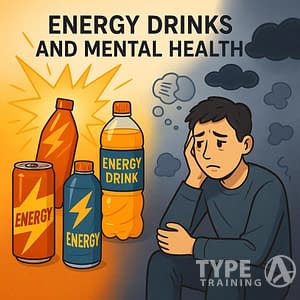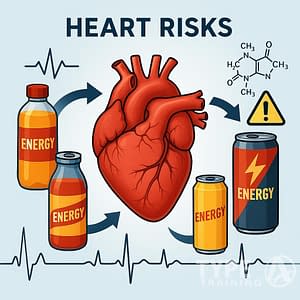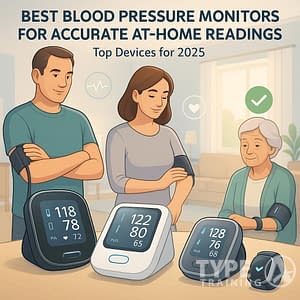If you’re struggling with chronic pain, poor posture, or you just can’t move the way you want in Manhattan’s go-go-go lifestyle, you might want to check out a corrective exercise specialist. These folks are fitness pros with extra training to spot movement issues, find out what’s not working, and design exercises that fix imbalances so you can move better—without all the aches.
Understanding what is a corrective exercise specialist can be essential for anyone dealing with movement issues.

Corrective exercise specialists don’t just do regular personal training. They dig into the “why” behind your movement problems, not just the symptoms.
Popular posts:
For those wondering what is a corrective exercise specialist, they focus on addressing the root causes of pain.
Maybe you’re a Midtown office worker with desk posture, or an Upper East Side athlete bouncing back from an injury. Corrective exercise specialists use evidence-based techniques to help you move and feel stronger.
If you’re curious about what is a corrective exercise specialist, it’s crucial to know they tailor their techniques to individual needs.
Life in NYC can be tough on your body. Long subway rides, hours at a laptop, and just the daily stress can mess with your movement and create pain.
Key Takeaways
- Corrective exercise specialists spot and fix movement problems that cause pain and dysfunction. They use targeted assessments and programs just for you.
- These pros use techniques like mobility work, strengthening, and movement retraining to get your body moving right.
- Certification programs train specialists to help everyone from injury recovery clients to athletes looking for a performance edge.
Understanding What Is a Corrective Exercise Specialist
So, what is a corrective exercise specialist? They are professionals who specialize in addressing functional movement impairments.
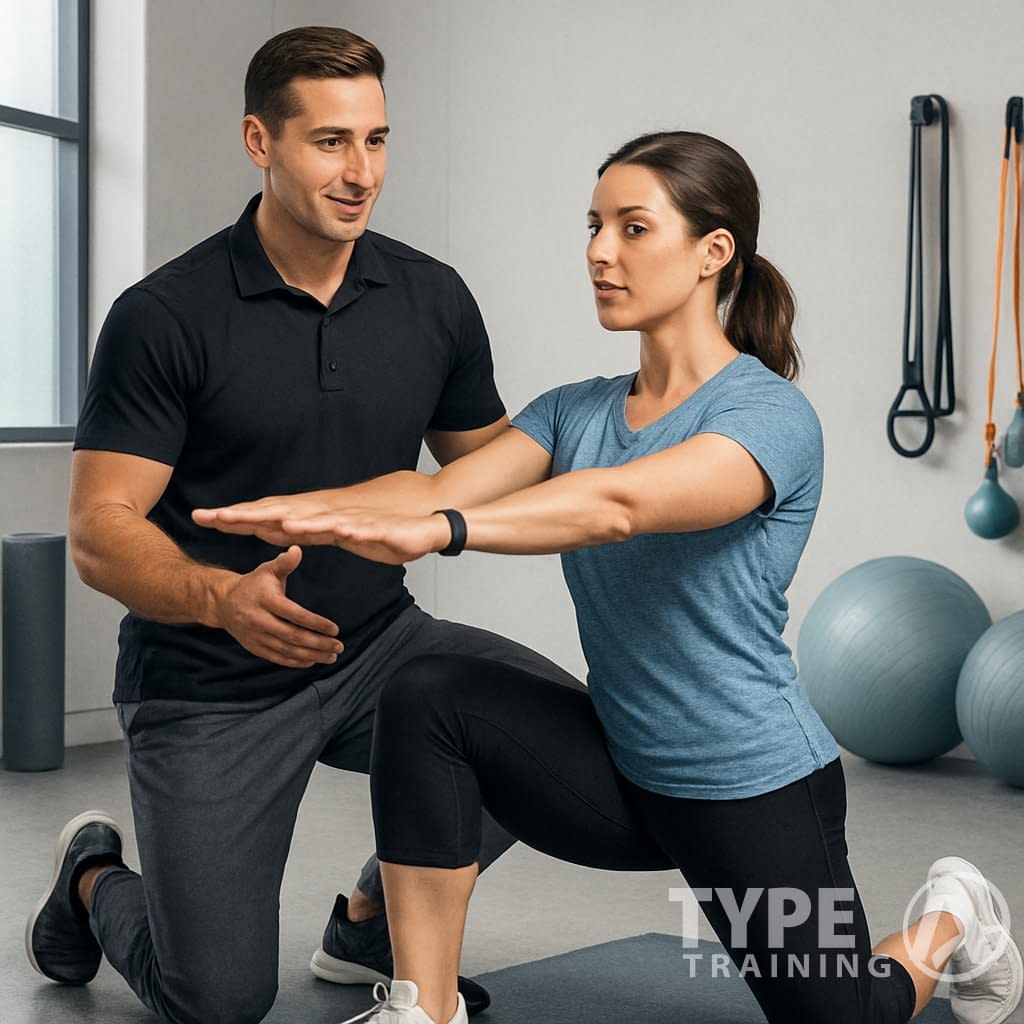
A corrective exercise specialist is a fitness pro who figures out what’s off with your movement, muscles, and posture, then uses targeted exercises to fix it. They work with everyone—from office workers glued to their desks to athletes coming back from injury—helping restore healthy movement and prevent future issues.
When you think about what is a corrective exercise specialist, consider their role in rehabilitation.
Key Roles and Responsibilities
Corrective exercise specialists start with a deep dive into how you move. They look at your posture, joint mobility, and which muscles are firing (or not) to find trouble spots.
Exploring what is a corrective exercise specialist can clarify how they differ from other fitness professionals.
Assessment and Evaluation:
- Check your posture while you stand or sit.
- Watch you squat, lunge, or reach overhead to spot movement quirks.
- Test joint mobility to see what’s tight.
- Assess muscle activation to find what’s weak or overactive.
Once they’ve sized you up, they’ll build a plan using the corrective exercise continuum. That means moving through four phases: inhibition, lengthening, activation, and integration.
Program Design and Implementation:
- Use foam rolling and similar tricks to chill out overactive muscles.
- Add targeted stretching to loosen up tight spots.
- Build in activation moves to wake up weak muscles.
- Mix in dynamic movements to help your body relearn better patterns.
They’ll also teach you about your own movement habits and give you tips to keep improving. As you get better, your program gets tweaked to keep you moving forward.
Who They Help and Why
Corrective exercise specialists help a wide range of people with movement pain or dysfunction. In Manhattan, it’s often folks whose jobs or commutes leave them stiff or sore.
Individuals often ask what is a corrective exercise specialist and how they can benefit from their expertise.
Common Client Types:
- Desk workers in Midtown or the Financial District with hunched shoulders and forward head posture.
- Commuters who sit a lot and end up with hip tightness or lower back pain.
- Athletes coming back from injuries or hoping to avoid new ones.
- Seniors who want to keep moving and stay independent.
Life in Manhattan kind of sets you up for movement issues. Sitting all day at a computer can give you upper crossed syndrome. Lugging heavy bags on the subway throws off your shoulders. Even pounding the sidewalks can mess with your feet and ankles.
Corrective exercise specialists look for what’s actually causing your discomfort—not just the surface symptoms. They get how your work life in Chelsea or the Upper East Side shapes your movement. By fixing those root issues, they help you move pain-free and dodge future injuries.
Corrective Exercise vs. Other Fitness Specialties
Corrective exercise specialists are a bit different from your average fitness pro. While personal trainers help you hit general fitness goals, corrective exercise specialists zoom in on specific movement problems.
Key Differences:
| Specialty | Primary Focus | Client Assessment | Exercise Selection |
|---|---|---|---|
| Corrective Exercise | Movement dysfunction and pain | Comprehensive movement screens | Targeted corrective protocols |
| Personal Training | General fitness goals | Basic fitness assessments | Varied exercise programs |
| Strength Coaching | Performance enhancement | Strength and power testing | Progressive overload systems |
A corrective exercise specialist bridges the gap between fitness and rehab. They won’t diagnose medical problems or do physical therapy, but they’ll catch movement compensations most trainers miss.
They often work with healthcare pros around Manhattan. You might get referred to them by a physical therapist once you’re done with rehab and need to keep improving.
Unlike general trainers, corrective exercise specialists know how one body part’s dysfunction can mess with everything else. That lets them fix movement issues in a way that actually sticks.
Understanding Movement Dysfunction and Assessment
In learning what is a corrective exercise specialist, you will discover their impact on mobility and pain relief.
Movement dysfunction shows up when your body learns bad habits—maybe because of pain, old injuries, or just sitting too much. Corrective exercise specialists in Manhattan have tools to spot muscle imbalances, posture issues, and mechanical problems that mess with your daily movement.
Types of Movement Dysfunctions
Compensatory movements are when your body cheats to get things done. For instance, if you sit at a Midtown desk all day, your hip flexors might get tight, so your lower back picks up the slack when you walk.
Overactive muscles take over, while underactive ones just chill. That leads to compensations and imbalances that show up in everyday life.
Some common patterns:
- Upper crossed syndrome: Forward head, rounded shoulders.
- Lower crossed syndrome: Anterior pelvic tilt, tight hip flexors.
- Lateral pelvic tilt: One hip higher than the other—throws off your walk.
Manhattan jobs and commutes make these patterns pretty common. Your body just adapts to what you do all day, and sometimes it’s not for the better.
Movement Assessment Techniques
A corrective exercise specialist uses specific assessment tools to see how you actually move. These tests help them find the real source of pain or injury risk.
Overhead squat assessment looks at a bunch of joints at once. Your specialist checks for knees caving in, leaning forward, or any weirdness that hints at muscle imbalances.
Single-leg balance tests show if you’re stable or if your body is faking it. Bad balance often means weak stabilizers or issues with coordination.
Gait analysis checks out your walk. In NYC, where you’re always on your feet, this matters even more.
Static posture checks reveal alignment issues, while dynamic tests show how you move in real life.
Identifying Muscle Imbalances
Muscle imbalances happen when one muscle group gets stronger or tighter than its opposite. That throws off your movement and sets you up for injury.
Length-tension relationships get messed up when you sit too much. Tight hip flexors, for example, turn off your glutes, so your lower back has to do more work.
Force-couple relationships are about teamwork between muscles. If one muscle hogs the spotlight, others get lazy, and your movement falls apart.
Typical imbalances in Manhattan:
- Tight chest, weak upper back.
- Overactive upper traps, weak deep neck flexors.
- Hip flexors running the show, glutes hardly working.
Specialists use muscle tests, range of motion checks, and movement screens to spot these issues.
Analyzing Postural Issues
Static postural deviations come from habits—think slouching at a desk or looking at your phone all day. Forward head posture is everywhere, especially in office-heavy neighborhoods.
Dynamic postural problems show up when you move. How you walk, reach, or pick something up can reveal what’s going wrong.
Key posture checks:
-
- Plumb line analysis: Do you line up with “ideal” posture?
- Segmental assessment: Isolating each body part to find the problem.
- Functional posture: Watching you move in real life.
To understand what is a corrective exercise specialist, it’s important to grasp their methods and assessments.
Posture issues usually trace back to muscle imbalances, joint stiffness, or just bad movement habits. A good specialist figures out if it’s your structure or your patterns, then builds a plan from there.
Corrective Exercise Methods and Techniques
One key aspect to know when asking what is a corrective exercise specialist is their focus on personalized care.
Corrective exercise methods zero in on what’s holding you back. They work through mobility, strength, and movement retraining to get your body working the way it should.
Principles of Corrective Exercise
Corrective exercise uses a step-by-step system called the Corrective Exercise Continuum. It’s got four main steps to help you move better.
The Four-Phase Approach:
- Inhibit: Calm down overactive muscles.
- Lengthen: Stretch out tight areas.
- Activate: Strengthen muscles that aren’t pulling their weight.
- Integrate: Practice moving the right way.
A Manhattan specialist will figure out which muscles are overworked from your lifestyle—maybe from all those hours at your desk or standing on the subway. Then they’ll make a plan to fix those imbalances, one step at a time.
They’ll start by spotting movement compensations in the basics. For lots of Midtown pros, that means tackling hunched shoulders and forward head posture from computer work.
Each phase builds on the last. You can’t just skip to the end and expect real change. That’s what makes this approach actually work.
Restoring Mobility and Range of Motion
Joints get stiff from repetitive moves and too much sitting—classic NYC problems. Specialists use targeted techniques to get your joints and muscles moving freely again.
Mobility Assessment Areas:
- Shoulders and upper back
- Hip flexors and glutes
- Ankle range
- Neck rotation
Static stretching helps lengthen tight muscles. If you’re glued to your chair in a Financial District office, you’ll probably need hip flexor stretches.
Dynamic mobility drills warm up your joints and get you ready to move. These take your body through its full range, but with control.
Breathing exercises often go hand-in-hand with mobility work. Breathing right can help relax tight spots and make stretches work better.
Progressive loading means slowly making things harder so your new mobility actually shows up in your daily life.
Corrective Exercise Techniques in Action
Movement assessments show what needs the most attention. Your specialist picks techniques that fit your body and your routine.
Common Corrective Techniques:
- Activation exercises: Wake up weak glutes and core muscles.
- Postural holds: Build endurance in the muscles that keep you upright.
- Movement retraining: Practice squats, lifts, and other moves with better form.
- Proprioceptive training: Boost your body’s sense of balance and position.
If you’re on the Upper East Side and battling neck pain, your specialist might focus on deep neck flexor strength and stretching tight traps.
Integration exercises blend several movement patterns at once. One move could hit hip mobility, core stability, and shoulder function.
Specialists ramp up your exercises as you get stronger. You might start with simple activation, but as you progress, you’ll tackle more complex, even sport-specific moves.
Self-Myofascial Release and Flexibility Strategies
Self-myofascial release uses tools like foam rollers to ease muscle tension and improve tissue quality. You’re basically helping your fascia loosen up after all that repetitive stress.
Effective SMR Tools:
-
- Foam rollers – Great for big muscle groups
- Massage balls – Perfect for pinpointing trigger points
Inquiring about what is a corrective exercise specialist reveals a pathway to improved physical health.
- Massage sticks – Let you control the pressure
- Percussion devices – Give quick pulses to tight spots
Your Chelsea-based specialist shows you how to roll out your IT band, quads, and upper back. These areas get tight fast, especially if you’re walking city blocks or hauling bags.
Timing makes a difference. You roll before stretching so your tissues are ready to lengthen.
Flexibility Programming:
- Hold static stretches for 30-60 seconds
- Do 2-3 sets per stretch
- Zero in on problem areas from your assessment
- Mix in both active and passive stretching
Dynamic stretching works best before your workout. Static stretching is a go-to for winding down after.
Your SoHo trainer will switch things up depending on your daily routine.
Certification, Practice, and Professional Impact
Getting certified through groups like the National Academy of Sports Medicine shows you know your stuff in movement assessment and corrective techniques. These credentials can open a lot of doors in Manhattan—from Chelsea’s high-end gyms to Midtown’s rehab centers. Not a bad place to be, honestly.
Becoming a Certified Corrective Exercise Specialist
You’ve got a few ways to get certified. Most programs want you to have basic fitness credentials first.
The NASM Corrective Exercise Specialist certification is the gold standard. It’s self-paced online coursework plus a comprehensive exam.
Prerequisites usually include:
- Personal trainer certification (current)
- Four-year college degree, or
- Massage therapist license
You’ll study human movement science, assessments, and corrective strategies. The exam has 100 multiple-choice questions, and you’ve got 90 minutes to get at least 70%. It’s open-book, and you get three tries, so it’s doable if you prep.
Manhattan pros love the flexibility of online learning. You can chip away at coursework on the subway or between clients in the Financial District.
Key Organizations and Credentials
Major certifying bodies and their programs:
So, what is a corrective exercise specialist? They are well-equipped to enhance your movement quality.
| Organization | Program | Focus Area |
|---|---|---|
| NASM | Corrective Exercise Specialist (CES) | Movement dysfunction and muscle imbalances |
| ACE | Corrective Exercise Specialist | Chronic orthopedic conditions |
| NCSF | Corrective Exercise Certificate | Evidence-based assessment techniques |
The NASM certification covers four phases: inhibition, lengthening, activation, and integration. It’s pretty thorough.
Other credentials that add to your toolbox:
- Physical therapy background
- Athletic training cert
- Massage therapy license
- Strength and conditioning credentials
Mixing these up gives you a killer skill set for tackling tough movement issues—super common in Manhattan.
Career Opportunities and Settings
Certification opens up NYC’s fitness world. Private studios in SoHo and Tribeca want specialists who can fix postural problems from office life. Midtown corporate wellness programs appreciate folks who get urban living.
You might work in:
Understanding what is a corrective exercise specialist can open doors to advanced fitness techniques.
- High-end fitness clubs in Chelsea and the West Village
- Medical fitness centers
- Corporate wellness spaces
- Rehab clinics
- Private studios
Manhattan’s health-conscious crowd will pay premium rates for specialized services. You could charge $150-300 a session if you combine corrective exercise and movement assessment.
Sports performance centers also want specialists to help athletes stay injury-free. There’s no shortage of fitness facilities here, so growth potential is pretty huge.
The Value for Physical Therapists, Coaches, and Trainers
Physical therapists can bridge rehab and fitness. You’ll help post-rehab clients keep improving, even when they don’t need medical care anymore. That’s a real gap in Manhattan’s health scene.
Coaches can spot movement problems before they turn into injuries. Your skills keep athletes in the game and performing their best.
Personal trainers stand out in NYC’s crowded market. Desk-bound clients in Midtown want trainers who get movement dysfunction. Specialized knowledge means higher rates and loyal clients.
The corrective exercise specialization lets you help clients move better and feel less pain. That’s something people are willing to pay for in Manhattan’s luxury fitness market.
Frequently Asked Questions
People ask a lot about certification, salaries, and how corrective exercise specialists differ from physical therapists. There’s also curiosity about the best training programs and how to find qualified specialists nearby.
What qualifications are needed to become a Corrective Exercise Specialist?
You’ll need a corrective exercise certification from an accredited organization. Unlike physical therapy, you don’t need a long degree program to start.
Most certs require current CPR. Some also want a basic fitness certification or an exercise science background.
You’ll study anatomy, biomechanics, and movement assessment. The goal? Spot postural issues and build corrective programs.
What is the average salary range for a Corrective Exercise Specialist?
Corrective exercise specialists usually make $40,000 to $50,000 a year. That’s a bit less than the average personal trainer, who makes about $62,000.
Location matters—a lot. Manhattan specialists can charge more since the cost of living (and demand) is higher.
You can boost your income by working with high-end clients, offering combo services, or focusing on special groups like seniors or athletes.
How does a Corrective Exercise Specialist differ from a Physical Therapist?
The question of what is a corrective exercise specialist often leads to discussions about their unique skill set.
Physical therapists work in healthcare and can diagnose medical issues. Corrective exercise specialists and physical therapists treat different groups.
A physical therapist usually helps patients recover from injuries or medical conditions. You work with folks who have movement problems but don’t need medical care.
Physical therapists need a doctorate and a state license. Corrective exercise specialists just need certification—no diagnosing or treating medical stuff.
You focus on assessing movement and building exercise programs. Physical therapists use corrective exercise as just one tool in their kit.
What are the best certification programs for aspiring Corrective Exercise Specialists?
NASM’s corrective exercise certification is the most recognized, especially for movement assessment and program design. Their system is all about structured evaluation and correction.
Other solid choices: ISSA,
The NASM CES cert is especially valuable since NASM’s known for corrective exercise. Employers and clients notice.
What topics are covered in a typical Corrective Exercise Specialist course?
You’ll dig into human anatomy, biomechanics, and kinesiology. The coursework covers postural assessment and movement screening.
You’ll learn to spot common problems—forward head posture, pelvic tilt, muscle imbalances. These are everywhere, especially with Manhattan’s desk workers.
The course covers corrective techniques for different body parts, plus how to design programs and talk to clients.
Assessment methods are a big focus. You’ll get hands-on with evaluation and learn to build targeted exercise plans.
How can I find a reputable Corrective Exercise Specialist in my area?
Start by searching for specialists with up-to-date certifications from trusted names like NASM, ISSA, or
In neighborhoods like Chelsea, SoHo, or the Upper East Side, lots of fitness studios bring on board certified corrective exercise folks. You’ll also find them working at high-end gyms and wellness centers—kind of a given in those spots.
For many, the first question is what is a corrective exercise specialist and how do they find one?
Honestly, one of the best moves is to ask for referrals. Your doctor, physical therapist, or even your personal trainer probably knows someone legit.
You can also browse online directories or professional association websites for certified specialists nearby. Take a peek at reviews, and see if anyone specializes in working with people who have needs like yours.
Recognizing what is a corrective exercise specialist can enhance your wellness journey.
